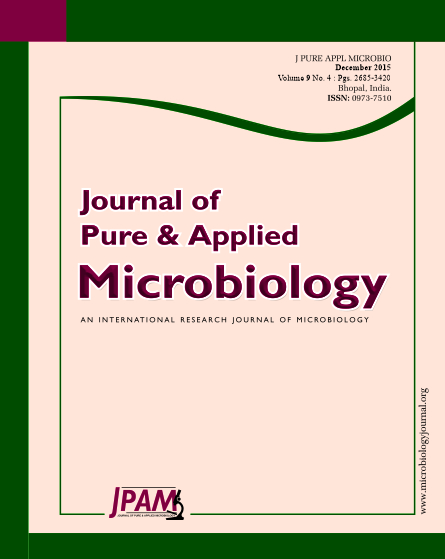This study reported that, there thirty halotolerant Streptomyces strains were isolated from the saline soil of Alnatron valley in Egypt. These strains were screened against five phytopathogenic fungi to detect their antifungal activities. The screening test showed that sixteen strains were found have different antifungal activities, however, only two strains (S-1 and S-2) had been recorded as most producers of antifungal activities, however, the later has a higher activity than the former. On the other hand, the salttolerance range of all Streptomyces strains was determined. The results proved that, twenty three, five, and two strains were found have the ability to grow at 7, 11, and 15% NaCl respectively. Fortunately, the two most halotolerant strains are the same two that mentioned before. Therefore, they were identified as Streptomyces gardneri (S-1) and Streptomyces platensis (S-2). Eventually, the halotolerance genes (P5CR and mtlD) were detected in the DNA extracts of five strains included S. gardneri and S. platensis, while only P5CR gene was detected in the DNA extracts of seventeen strains, and mtlD gene was detected in the DNA extracts of thirteen strains.
Gene amplification, Halotolerance, Salt-stress resistance genes, Streptomycetes.
© The Author(s) 2015. Open Access. This article is distributed under the terms of the Creative Commons Attribution 4.0 International License which permits unrestricted use, sharing, distribution, and reproduction in any medium, provided you give appropriate credit to the original author(s) and the source, provide a link to the Creative Commons license, and indicate if changes were made.


